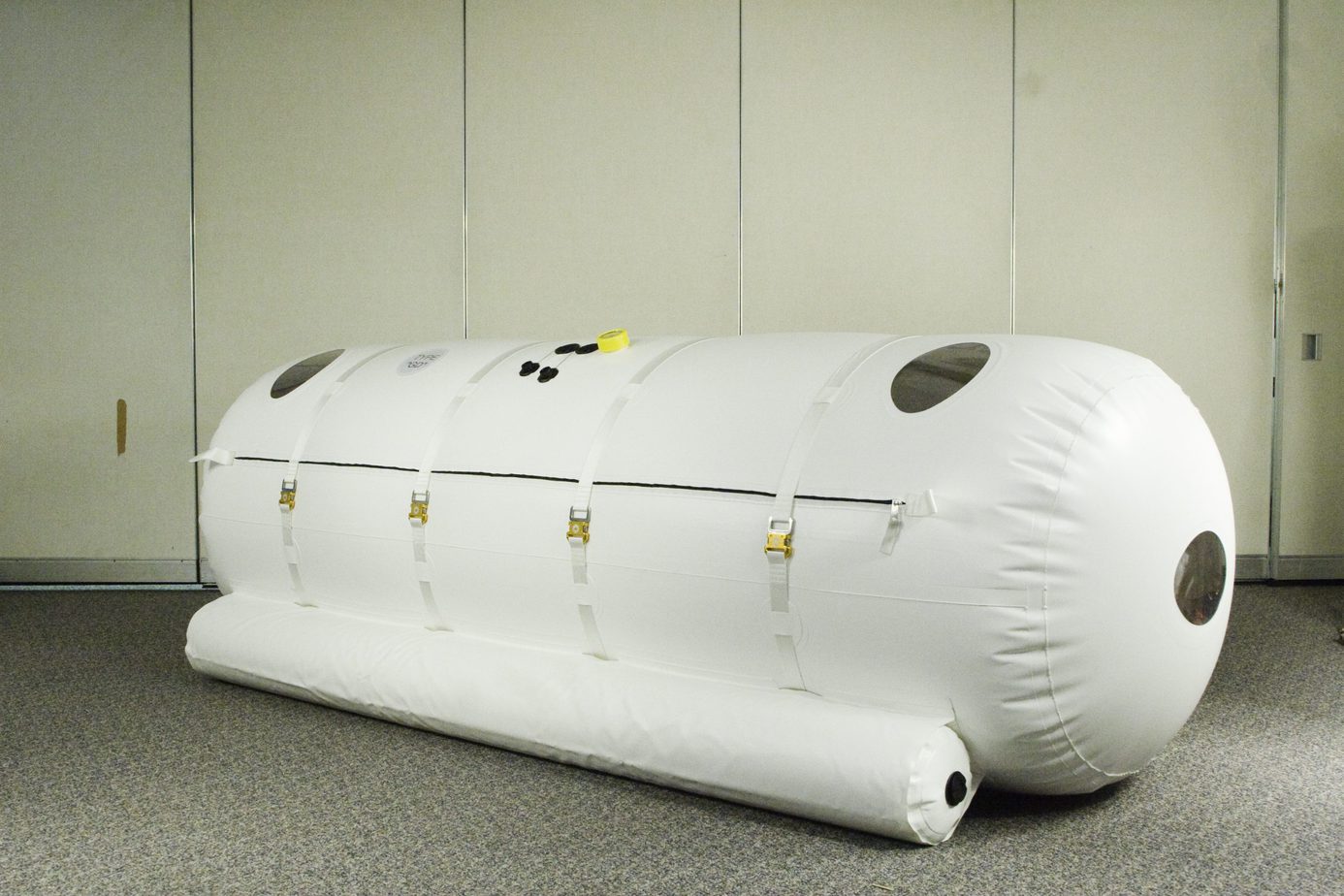
The tight schedule of matches does not allow for long-term rehabilitation without interruption to training and participation in games. An effective solution in such a situation may turn out to be just a few HBOT treatments, which ensure the regeneration of exhausted organism, reduction of oxygen deficit and cure of burdensome injuries.
Scientific research conducted in Scotland has shown that thanks to the use of hyperbaric chambers, oxygen therapy and physical therapy, the time required to regain full physical fitness in professional athletes has been reduced by as much as 70%. Tested football players, after significant physical exertion, stress on joints, muscles, ligaments and tendons, who were struggling with injuries, recovered faster and were able to safely return to their daily work in the gym. HBOT therapy is now used by many well-known athletes who are top performers in their sports – swimmer Michael Phelps, tennis player Novak Djokovic, basketball player LeBron James and soccer player Cristiano Ronaldo.
Hyperbaric chambers were part of the medical equipment at the Sochi Winter Olympics and part of the recovery for the Japanese team at the Nagano Olympics back in 1998. The results of studies conducted with hyperbaric oxygen therapy are so promising that major sports leagues around the world, such as the NHL, NBA, FIFA and AIBA, are interested in introducing it permanently into the rehabilitation process of athletes.
HYPERBARIC OXYGEN THERAPY IN SPORT
Hyperbaric oxygen therapy (HBOT) is a natural and…
Published by Cardiosport-Office of Sports Medicine and Cardiology Sunday, December 8, 2019
Oxytherapy is great for treating muscle injuries that result from over-training, accelerates the healing of patients with broken bones and joint sprains, and aids in the treatment of torn ligament injuries. Studies have shown that hyperbaric oxygen therapy is most effective in treating injuries and trauma related to soft tissues, ligaments, and tendons, and newly published results show that the chambers may also have a positive effect on neurological diseases (such as cerebral palsy). The combination of hyperbaric chamber treatment, physiotherapy and rehabilitation significantly speeds up an athlete’s recovery time and reduces the risk of re-injury.
In addition, hyperbaric oxygen therapy improves metabolism, reduces inflammation and edema, reduces the level of dehydration in the body, increases the oxygen content in the blood, improves the efficiency of the athlete and reduces to a minimum or completely removes acidification in the muscles. As emphasized by athletes who use medical oxygen therapy services, being in such chambers reduces chronic fatigue, allows for faster recovery after demanding training and strengthens the immune system. Some athletes are so satisfied with the effects of treatment that they invest in equipment and undergo HBOT in their own homes.
Although oxytherapy has many unquestionable advantages, it is also not without serious controversies. The main objection of specialists is the effect of the chamber on the efficiency of the athlete’s body. According to some experts, hyperbaric oxygen therapy artificially improves the athlete’s performance and eliminates micro-traumas, which are a natural result of professional sports. HBOT allows for faster recovery from injury and can have a real impact on an athlete’s performance, but there are no studies that conclusively support the theory that athletes using the chambers perform better.
Athletic success is not only about physical conditions, body condition, breathing capacity and fitness, but also about technique, learned skills, weather conditions, mood on the day of competition, and a little bit of luck. Faced with accusations calling hyperbaric oxygen therapy legal doping, the World Anti-Doping Agency WADA issued a ruling in 2006 that confirmed the effectiveness of hyperbaric chambers in enhancing the body’s performance, although it did not place the medical solution on the list of banned substances and methods, citing the natural nature of the treatment.
Featured photo: Mckeeman at English Wikipedia